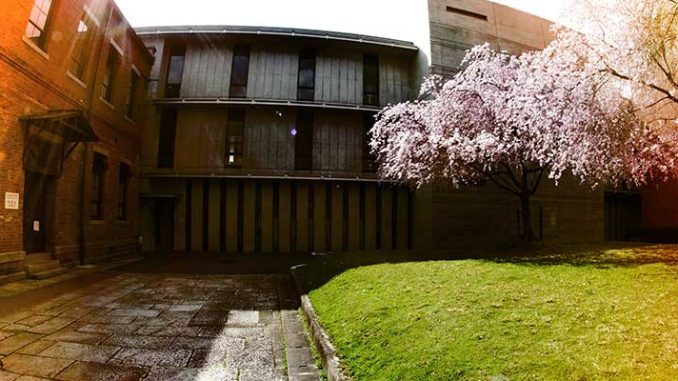
Kyoto University has two area studies institutions, the Center for Southeast Asian Studies (CSEAS) and the Graduate School of Asian and African Area Studies (Asafas), with a combined faculty of fifty-seven members. Their joint library, which is now acquiring more than 20,000 books per year, is expected to become one of the best Asian and African collections in the world in a few years with the funding of the Center of Excellence (COE) grant, a prestigious government research grant of 800,000,000 yen over five years from 1998 to 2002. CSEAS and Asafas publish their own area studies journals, Tonan Asia Kenkyu (Southeast Asian Studies) and Ajia Afurika Chiiki Kenkyu (Asian and African Area Studies) respectively. The new internet journal, Kyoto Review of Southeast Asia, designed to introduce Japanese and Southeast Asian language works on Southeast Asia mainly in English, is a new part of the COE-funded activities. CSEAS also maintains offices in Bangkok and Jakarta, which serve as bases for researchers from Kyoto University and other Japanese universities to carry out field research in Thailand and Indonesia.
CSEAS and Asafas are multi-disciplinary institutions and their faculty members carry out tens of research projects, from medical and ecological and religious to studies on contemporary politics and economies in Asia and Africa. I would like to explain some of the research activities in which I am directly involved to provide some idea of the activities at Kyoto University.
One is an international joint research project on the formation of the East Asian regional system. The project examines the rise of East Asia as a world region, from the creation of Free Asia under American hegemony in the 1950s and 1960s, through the regionalization of the 1980s and 1990s, the financial crisis of the late 1990s, and the current attempts at regionalism. The project is funded by the Japan Society for the Promotion of Science and its participants include leading Thai, Malaysian, Singaporean, Indonesian, and Filipino, as well as Japanese social scientists both at Kyoto University and at other institutions.
While this project is basically social scientific in orientation, the two described below are more broadly multi-disciplinary, the kind of research only doable at institutions such as CSEAS and Asafas. One is a study of ageing in Southeast Asia. This project started in 2001 with the participation of medical scientists, anthropologists, ecologists, economists, and political scientists from CSEAS. Ageing is a serious problem in Japan, and it is expected that South Korea and China and then Southeast Asian countries, above all Thailand, are going to face this problem in the not too distant future. Yet we have hardly any systematic, comparative data on ageing. This is the reason we have started seminars and workshops on this question, and if we get funding from the government, we are planning to start in-depth field research in 2002.
The other is a “beyond the border” research project titled Everyday Life and Policing in Maritime Southeast Asia, funded by a government research grant. In this project we look at the ways people go and interact beyond borders in maritime Asia and how states in the region police their borders and control the movement of people, goods, and money. This project also has a strong educational component, because it is designed in such a way that Ph.D. candidates at Asafas can participate in the project and do their own dissertation research under the supervision of their advisers in the field.
As I hope these examples show, the many different inter- and multi-disciplinary research projects carried out at CSEAS and Asafas, often in collaboration with scholars in Asia and Africa, are making Kyoto University one of the foremost centers of area studies in the world.
Shiraishi Takashi
Shiraishi Takashi is professor of history and Asian studies at Kyoto University.
Kyoto Review of Southeast Asia. Issue 1 (March 2002). Power and Politics
